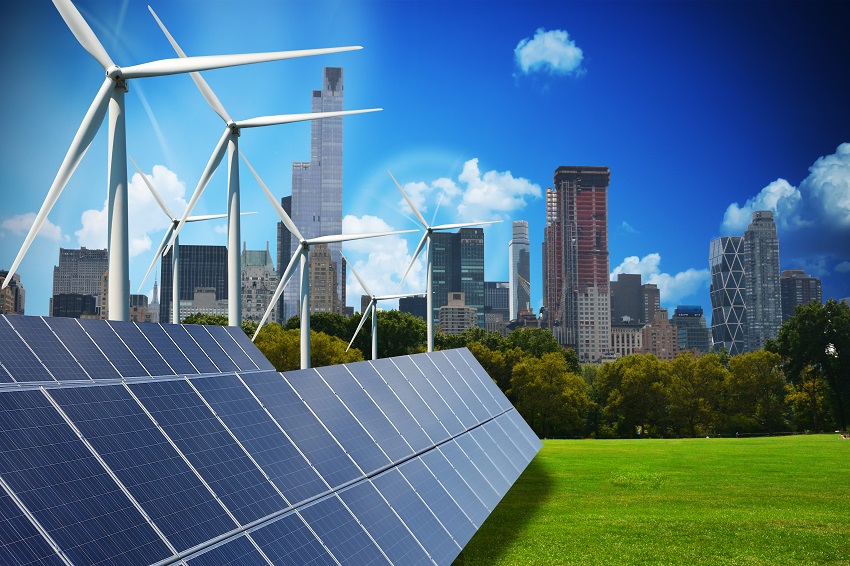
The shift in power generation to renewable sources is a key pillar of the low carbon energy transition over the next few decades. Despite the wide-ranging impact of the pandemic, the demand for renewables continued to grow at a remarkable pace in 2020 as the global economy recovers from the crisis.
According to the latest Renewable Energy Market Update 2021 released by the International Energy Agency (IEA), annual renewable capacity additions increased 45% to almost 280 GW in 2020—the highest year-on-year increase since 1999. The report also forecasts that the exceptionally high levels of renewable energy capacity additions will establish a “new normal” in 2021 and 2022, with renewables accounting for 90% of new power capacity expansion worldwide.
These forecasts have been revised upwards by more than 25% from the IEA’s previous estimates—as governments worldwide have auctioned record levels of renewables, and companies have signed record-level power purchase agreements.
Commenting on the report findings, Fatih Birol, Executive Director at IEA, said: “Governments need to build on this promising momentum through policies that encourage greater investment in solar and wind, in the additional grid infrastructure they will require, and in other key renewable technologies such as hydropower, bioenergy and geothermal."
China remains at the centre of global renewable demand and supply, accounting for around 40% of global renewable capacity growth for several years. The IEA report suggests that growth in Europe and the US will be faster than previously forecast, compensating for China's transitional slowdown after exceptional growth in 2020.
Key highlights from the report include:
- Wind power developments gather pace: Global wind capacity additions grew by a remarkable 90% to reach 114 GW. China alone accounted for two-thirds of this growth, with local manufacturers supplying turbines for most of the country’s installations. While the pace of annual growth for the wind power market is expected to slow in 2021 and 2022, it will still be 50% higher than the 2017-2019 average.
- Larger projects to dominate solar PV market growth: Emerging as the lowest-cost option for electricity generation in many countries, solar PV capacity additions are expected to increase 8% to over 145 GW in 2021. A significant trend is that the share of utility-scale applications in annual PV additions is forecast to increase from over 55% in 2020 to almost 70% in 2022. With further cost reductions and continuous policy support from 120 governments worldwide, PV capacity additions are forecast to expand further to 162 GW in 2022.
- Transport biofuel production to recover in 2021: While suffering significant losses with the decline in transport demand during the pandemic, global biofuel production is expected to see an uneven recovery to 2019 levels in 2021. Biodiesel and hydrotreated vegetable oil (HVO) production is projected to increase globally, and ethanol expands in India. Clean fuel standards and policy support in the US are key factors underpinning global growth in HVO production, with capacity expected to nearly double in the next two years.
Discover more insights on the global renewables growth trajectory in the full IEA Renewable Energy Market Update 2021.
The next SIEW Energy Insights webinar on 24 August 2021, co-hosted by SIEW and SEAS, will discuss the accelerating clean energy adoption in Asia through partnerships and technology. Don’t miss it—register for the webinar today.